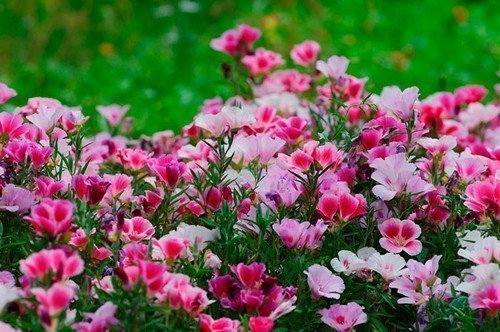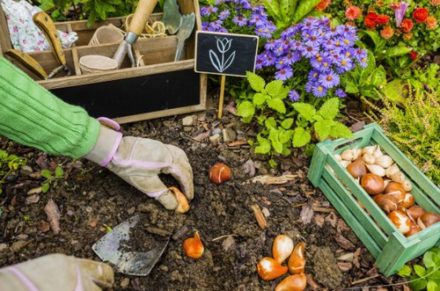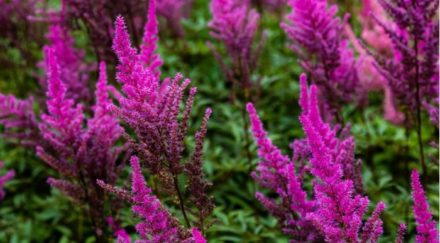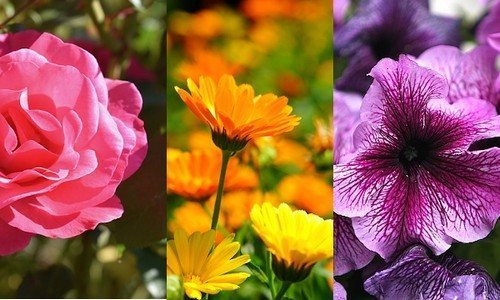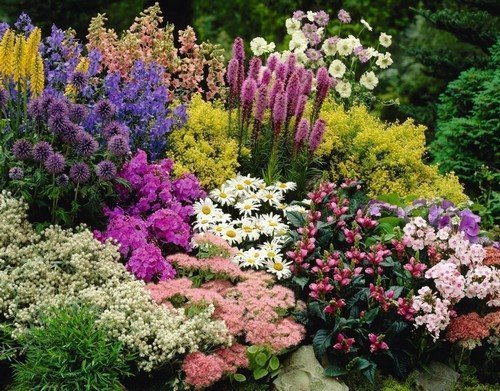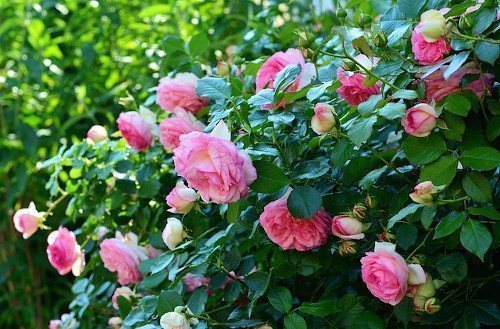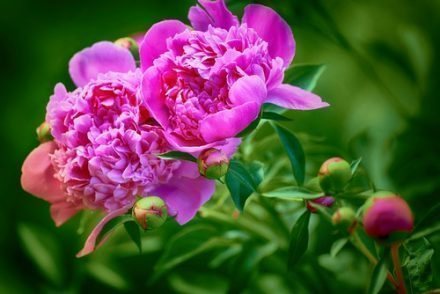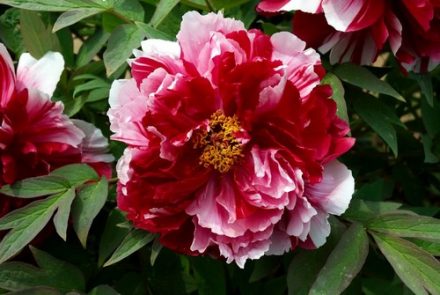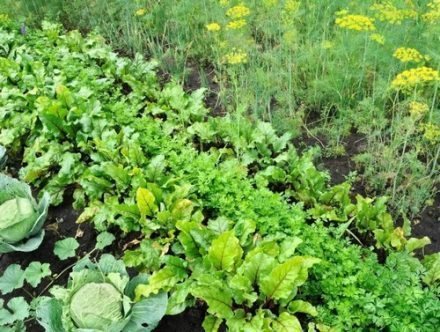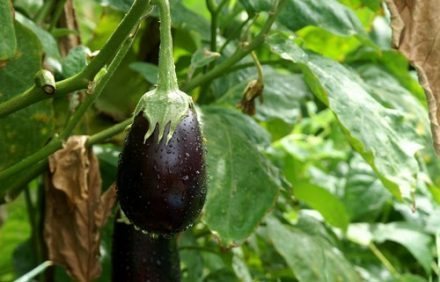In June, the garden is covered with lush greenery and decorated with many flowers. Summer has already arrived. But this does not mean that the time for new plantings has passed. Some annual flower crops should be planted at the beginning of this month.
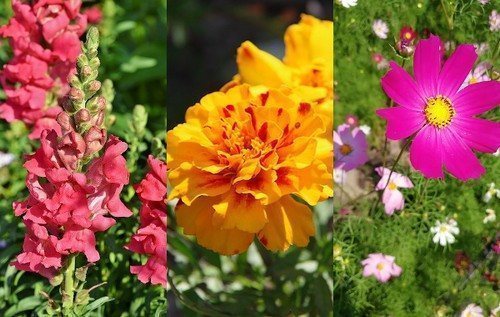
Snapdragon
By its plant nature it is a perennial, but almost all of its varieties are grown as annuals. Snapdragons are sent to open ground as seedlings. Light shading is allowed, the soil should be loose and slightly alkaline. For full development, a certain distance must be maintained between plants. This is 15–20 cm for dwarf (low) varieties, 30 cm for medium-sized ones and 40–50 cm for tall ones. Snapdragon is very sensitive to the proximity of weeds, so they are weeded near it 2 times a week. It is also recommended to mulch the soil.
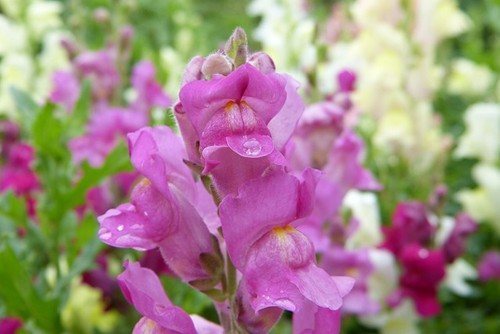
Sunflower
Some varieties are similar to an oilseed crop, others have amber-burgundy, cream, double petals and, unlike the edible variety, you can grow decorative sunflowers up to only 50 cm in height. For June planting, the seedling method is recommended. The best soil is sandstone with low acidity. In care, the most important thing is generous, regular watering, as well as timely removal of faded inflorescences to stimulate the formation of new buds.It is also important to emphasize that the seeds of ornamental sunflowers are edible only for garden birds, not for humans.
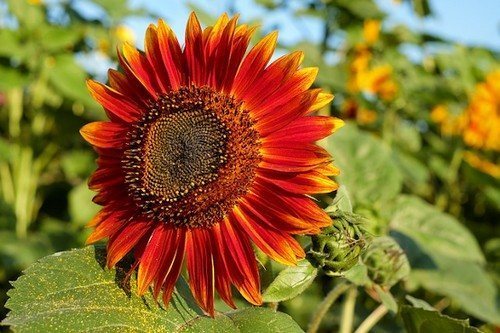
Marigold
In order for them to decorate the garden until late autumn with the first frosts, it is recommended to sow their seeds from June to mid-July. Unpretentious marigolds are suitable for edging paths and planting ridges. Unless the soil is completely poor, it is not recommended to apply fertilizers when planting - excess nutrients prevent lush flowering. It is useful to plant marigolds together with plants that are threatened by pests, for many species of which their spicy honey aroma is intolerable.

morning glory
This climbing vine grows literally within 2–4 weeks from the emergence of seedlings in open ground. In landscape design, it is often used to decorate gazebos, carved fences, verandas and walls of buildings with supports installed specifically for morning glory. Blue, cyan, purple, black-violet - morning glory comes in many colors and varieties. The best choice for abundant flowering is a fertilizer made from a mixture of deciduous soil and humus. In the first weeks of the plant’s life, watering should be plentiful; towards the end of summer it should be reduced.
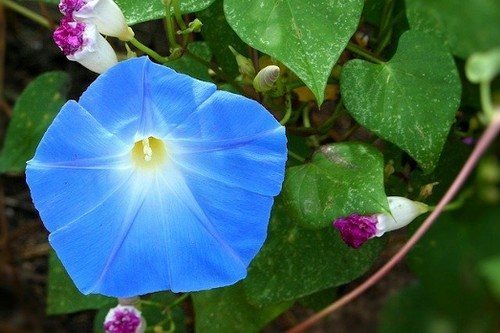
Nasturtium
In June, it is recommended to plant nasturtium using seedlings - this will prolong its flowering. Nothing should shade it on the site, and cold drafts are also detrimental to the crop. In order for nasturtium to grow and bloom well and not get sick, it is extremely important that the distance between the holes with seedlings is at least 20–25 cm, and at least 30 cm between the rows. The soil must be fertile, for example, black earth and water-intensive.
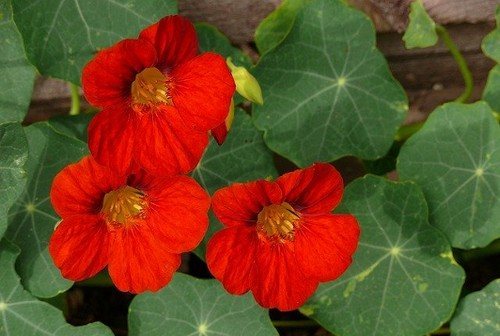
Lavatera
It belongs to those rare flowers that do not lose their flowering beauty if planted in the shade. Therefore, it is often planted in the tree trunks of garden trees. Lavatera of different colors looks beautiful in a group planting, when individual plants together look like a lush bush. Lavatera is practically indifferent to the acidity of the soil, but it must be light, water- and breathable. At the beginning of the growing season, lavatera is very sensitive, so it is recommended to plant the seeds under a PE film and remove it when the seedlings grow to 50 mm in height. After this, you should apply complex mineral fertilizer for flowers.
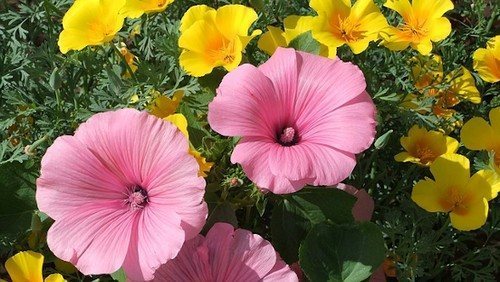
Cosmea
It is rightly considered one of the most unpretentious flowers - cosmos is rarely affected by pests and diseases, it does not require complex fertilizers. The main thing is to water and loosen the soil in time, preventing it from drying out and crusting. Weeds are weeded only the first time - the overgrown cosmos itself suppresses them. Tall varieties of cosmos are also recommended to be tied to a support - these can be pegs or strong stems of crops growing nearby.
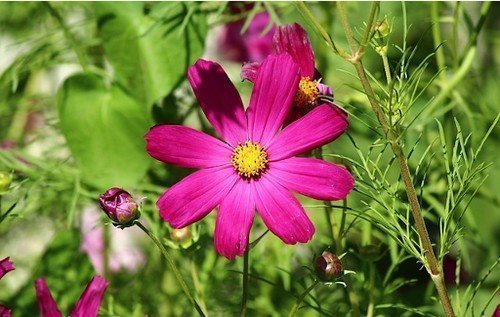
All of the listed flowers, if desired, can be combined in one composition - they not only combine luxuriously with each other, but also coexist well in close proximity in botanical and biological terms. And even the difference in soil composition requirements for different species is not a problem, because individual containers with them can be buried in the soil.


